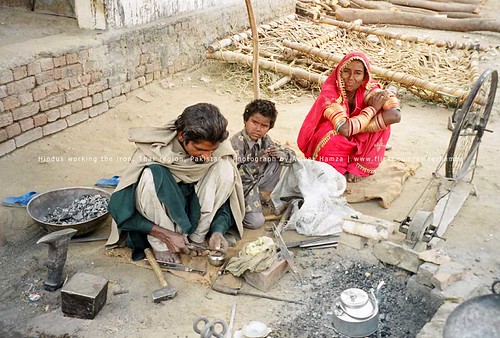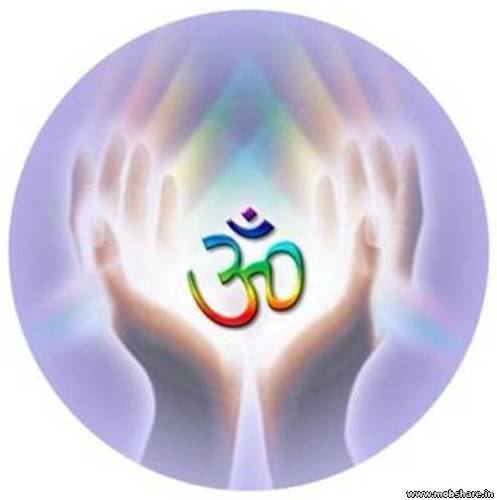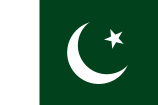Tuesday,May 25,2010


ISLAMABAD : Sixty-nine per cent of those surveyed said that their upper caste Hindu and Muslim neighbours either do not invite them to their social gatherings like weddings, or if invited they were being served food separately. This attitude was relatively more prevalent in Rahim Yar Khan (87 per cent) then in Tharparkar (60 per cent).
In schools, Scheduled Caste students are obliged to sit on back seats, leaving front seats for students from non-scheduled castes. Though they are not asked to do so on regular basis, the practice is in place for so long that it had become a custom.
Scheduled caste population, according to official statistics, is only 332,343. Ordinary scheduled castes as well as their political representatives, which consider that the discrimination starts from their exclusion in headcount, challenge these figures.
They said that their numbers had been deliberately shown less and their low number was also a main reason of their backwardness as they were not considered a major group in numbers thus they were not provided adequate share in development budget.
According to the last census held in 1998, the total population of Hindus in Pakistan was 2,443,514 of which 2,111,171 are Hindu Jatis (upper castes) and 332, 343 are scheduled castes Hindus (lower castes).
Scheduled caste population is overwhelmingly living in rural areas as 90 per cent or 3,07,509 live in villages and only 24,834 are living in urban areas. Majority of Pakistani rural population are agriculture workers with no rights and facilities.
Economically, scheduled caste people in Pakistan are very backward. Majority of them are working as bonded labour Haris in agriculture and in other sectors such as brick kilns in both Sindh and Punjab. Scheduled caste women, due to their low and marginalised status, are the most vulnerable and considered sexually available by men of Muslim dominated communities.
Low-caste representatives including five former legislators, in a consultation held in June 2007 in Karachi, simply rejected the official statistics about the population of upper and lower caste stating that it is totally incorrect. According to their estimates the population of scheduled castes should be more than two million.
As the men of scheduled caste families are also economically weaker with no social support or political leverage in the community, their younger women are lured into matrimony or abducted and wed through forced conversions.
Abduction of young scheduled caste women is frequent and often reported in regional newspapers. They are kidnapped or lured and then used sexually and sometimes abandoned after keeping them in custody.
The economic situation has become worst when it comes to scheduled castes, as 84 per cent scheduled castes do not own any land, which is far greater than general patterns of landlessness in over all country. An overwhelming majority of the 16 per cent said that they own a small piece of land up to five acres.
Low-caste people in Pakistan feel politically isolated and marginalised; otherwise they said that under the Constitution of Pakistan they had equal rights. Obviously, marginalisation has kept them economically weaker so they cannot compete with upper castes in fulfilling demands of party leaders in monetary terms.
An overwhelming majority of 91.5 per cent of the respondents in Rahim Yar Khan, Bahawalpur, Tharparkar and Umerkot districts said they did not think any political party give importance to scheduled caste. Only 8.5 per cent agree that political parties do pay some heed to their issues.
Similarly, political parties have also not enhanced their membership base within scheduled castes as only 7 per cent of the adult respondents said that they were affiliated with any political party.












No comments:
Post a Comment